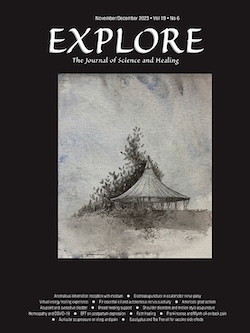A papyrus fragment of ‘The Gospel of Jesus’s Wife” that was dismissed by the Vatican as a ‘clumsy forgery” has been dated as having originated in Egypt around 700 C.E.
In an article published Tuesday in Harvard Theological Review, Karen King provides evidence that ‘The Gospel of Jesus’s Wife” (GJW) cannot be a modern forgery.
The significance of GJW stems from the fact that it appears to be a dialogue between Jesus and his disciples about the role of women in the church. ‘The dialogue concerns family and discipleship,” King wrote, and ‘Jesus speaks of “my mother’ and “my wife’ in lines 1 and 4, and line 5 refers to a female person who is able to be Jesus’s “disciple.’”
The evidence that the work is not a modern forgery is of both the intellectual and scientific sort. The carbon ‘lamp black” pigments in which it is written ‘match closely those of several manuscripts from the Columbia [University] collection of papyri dated between 1 B.C.E. and 800 C.E., while they deviate significantly from modern commercial lamp black pigments.” Radiocarbon analysis of the papyrus fragment – conducted at the NSR-Arizona ANS Laboratory – indicated that the papyrus itself originated between 404 and 209 B.C.E.
The […]









